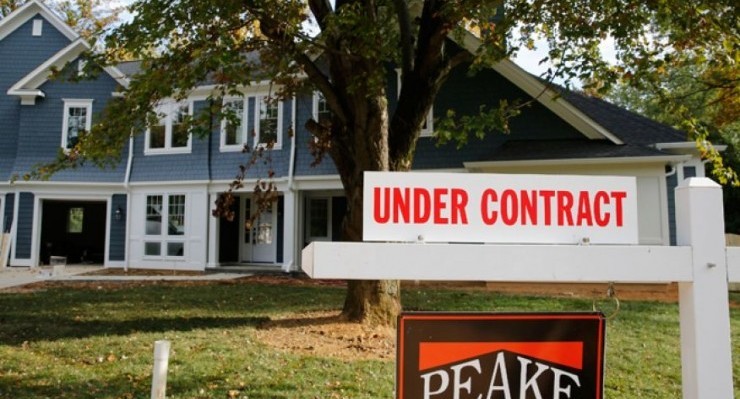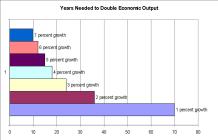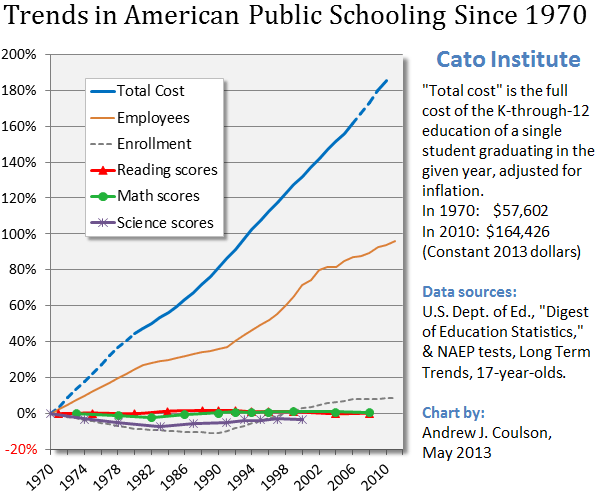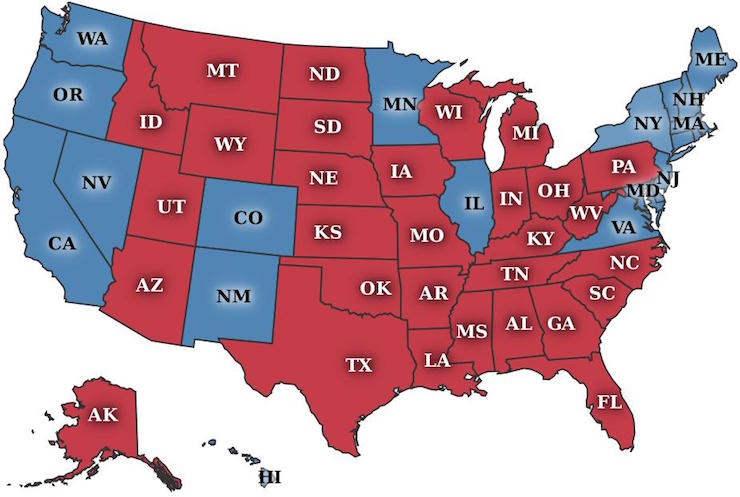
Existing and pending home sales reported by the National Association of Realtors. Photo: Reuters)
The National Association of Realtors reports said Wednesday existing homes sales rose 0.7% in November to an annualized rate of 5.61 million units. Fueled by a surge in the Northeast, existing single-family homes–including town homes, condominiums and co-ops–rose for the third consecutive month and topped expectations.
The median forecast was calling for 5.50 million units.
“The healthiest job market since the Great Recession and the anticipation of some buyers to close on a home before mortgage rates accurately rose from their historically low level have combined to drive sales higher in recent months,” Lawrence Yun, NAR chief economist said. “Furthermore, it’s no coincidence that home shoppers in the Northeast — where price growth has been tame all year — had the most success last month.”
Single-family and Condo/Co-op Sales
Single-family home sales fell 0.4% to a seasonally adjusted annual rate of 4.95 million last month, down from 4.97 million in October. However, they are still 16.2% above the 4.26 million level a year ago. The median existing single-family home price was $236,500 in November, up 6.8% from last year.
“Existing housing supply at the beginning of the year was inadequate and is now even worse heading into 2017,” added Mr. Yun. “Rental units are also seeing this shortage. As a result, both home prices and rents continue to far outstrip incomes in much of the country.”
Existing condominium and co-op sales jumped 10.0% to a seasonally adjusted annual rate of 660,000 units, and are now 10.0% above a year ago. The median existing condo price was $222,600 in November, which is 5.8% above a year ago.
First-Time Buyers
First-time buyers made up 32% of sales in November, which is down from 33% in October but up from 30% a year ago. NAR’s 2016 Profile of Home Buyers and Sellers—released in November 5—revealed that the annual share of first-time buyers was 35% (32% in 2015), which is the highest share since 2013 (38%).
“First-time buyers in higher priced cities will be most affected by rising prices and mortgage rates next year and will likely have to stretch their budget or make compromises on home size, price or location,” said Yun.
Not everyone celebrates the increasing share of first-time buyers in the market given their increased riskiness and the fact they are fueled by easier lending practices. The AEI International Center for Housing Risk gauges the market share of riskier agency-purchase loans in the housing market and has released some alarming results.
While the First-Time Buyer Mortgage Risk Index (FBMRI) for Agency purchase came in at 15.6% in August, which is relatively unchanged from a year earlier, Agency FBMRI is now 6.4 percentage points higher than the repeat buyer MRI, up 6.0 percentage points from a year earlier.
“Contrary to news reports, the first-time buyer is alive and well in today’s home purchase market,” Ed Pinto, a resident fellow at AEI said. Mr. Pinto was a former executive vice president and chief credit officer for Fannie Mae.
The First-Time Buyer Mortgage Share Index (FBMSI) saw loan volume surge by 14% in August on a year-over-year basis, and is now 2.5 percentage points higher than in August 2014. Total first-time buyer (FTB) volume is up 39%.
Regional
Existing-home sales in the Northeast jumped 8.0% to an annual rate of 810,000, putting them now 15.7% above their level from a year ago. The median price in the Northeast was $263,000, or 3.3% higher than they were in November 2015.
In the Midwest, existing-home sales fell 2.2% to an annual rate of 1.33 million in November, but remain 18.8% on a year-over-year basis. The median price in the Midwest was $180,300, up 6.5% from a year ago.
Existing-home sales in the South in November ticked up slightly by 1.4% to an annual rate of 2.22 million, making them 11.6% higher than in November 2015. The median price in the South was $206,900, up 9.2% from a year ago.
In the West, existing home sales fell 1.6% to an annual rate of 1.25 million, but are 19.0% higher than a year ago. The median price in the West was $345,400, up 8.5% from November 2015.













